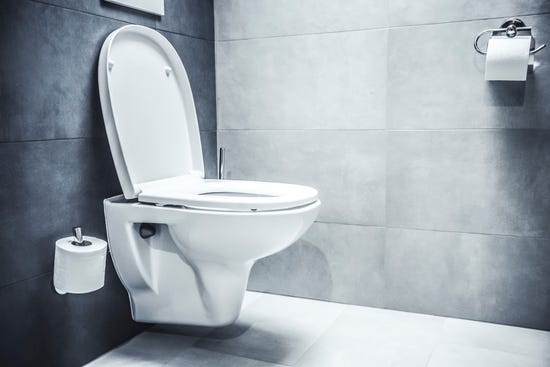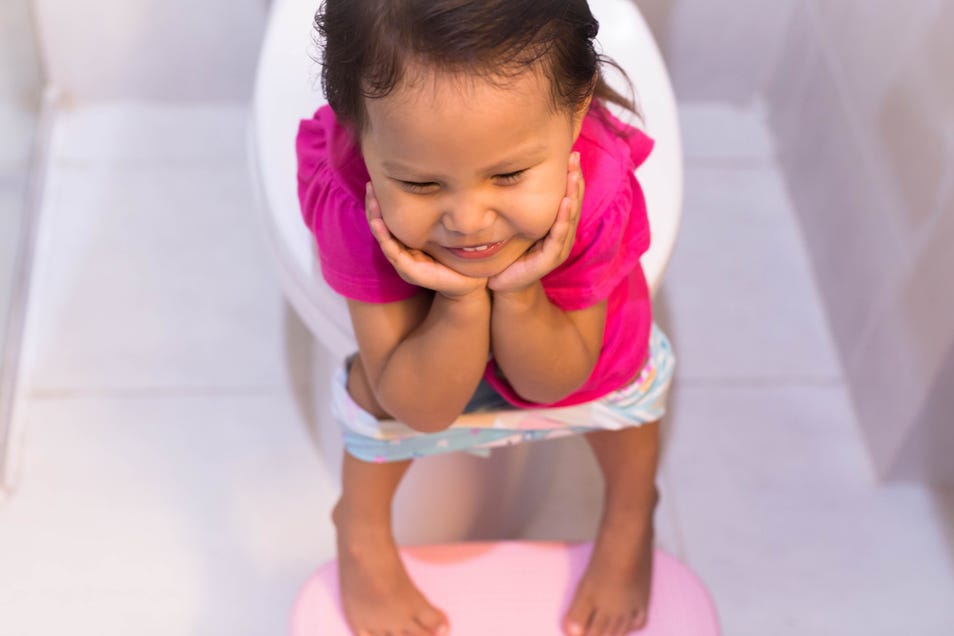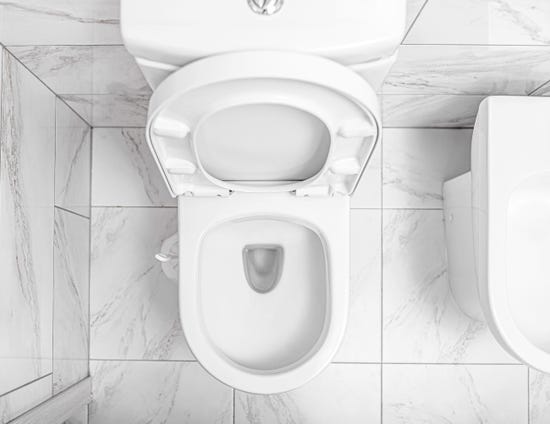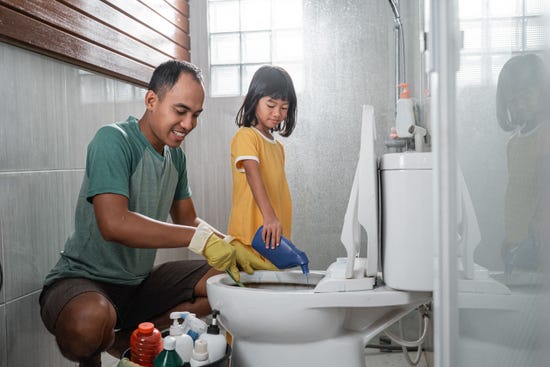
Your family and your toilet
Your family and your toilet

HOW TO TOILET TRAIN A CHILD
So, you’ve managed to survive the baby years, and your little one is, well, not so little anymore. In fact, they’re getting more and more independent every day, and, as they get better at communicating their needs, you may decide it’s time to tackle toilet training. The age at which a child is ready to say goodbye to nappies during waking time varies enormously. In fact, recognising the signs that your toddler is ready is part of the art of successful potty training.
Beginning when they’re not ready - or waiting too long to potty train - could make it a gruelling business for both of you.
We know what a tricky time this can be for parent and child. So we’ve created a list of potty-training tips to help you along the way.
TEN TIPS FOR SUCCESSFUL POTTY TRAINING
1. Start when they’re ready.
If you’re wondering when to start toilet training, know that it all depends on your child.
Most children are ready to potty train between the ages of 18 months and three years – but many start later. Here are some signs your little one is ready:
- Your child stays dry for two hours or more.
- They can follow instructions, such as ‘Pick up the toy.’
- Your child has regular bowel movements.
- You can tell when they need to go to the toilet – ie they strain or pull a face.
- They dislike the sensation of a dirty nappy.
- They tell you when they have wet or soiled their nappy.
- They tell you when they need to go to the toilet.
If your child tells you they have a dirty nappy, praise them enthusiastically. Clap, whoop, dance – the bigger the encouragement, the better. This will make them more likely to tell you in future and they may begin informing you before the act (even if just to see your reaction!).
2. Take them to the toilet with you
This tip may make you cringe – or give you stage fright - but allowing your child to watch you on the toilet will make them more familiar with the concept of sitting on the toilet – and what you’re doing there. Let them see the results and help you flush, which will help them learn how to do so for themselves once you start to toilet train your child. Make sure your toilet is regularly cleaned and that you wash your hands and theirs afterwards to instil good habits and get rid of germs.
3. The earlier you buy a potty, the better
Getting your child familiar with their potty will make them that much calmer about sitting on it and relieving themselves. Decorate it with stickers or show their teddies using it.
The more they get used to it, the better. You can also try emptying the contents of their nappy into it, so they’ll be familiar with the concept before they start.
4. What to do if you decide to go cold turkey
Some parents decide to ditch the nappies completely, as opposed to gradually. This might mean they don’t use a pull-up nappy on a car-trip or when visiting friends. If you decide to take this route, you need to choose a week where you can stay in the house as much as possible.
Put them into underwear and ask them regularly if they need the toilet. This would be the same if you were doing it more gradually. Don’t expect them to tell you every time – or at all.
Keep putting them on the potty at regular intervals, say every 45 minutes. They will still need a nappy during day-time sleeps and at night.
5. Try the potty at opportune times
Put your child on the potty as soon as they wake up in the morning, after a day-time nap, 15 minutes after eating or when you note them pulling that telling face. If they are regular when it comes to their waste movements, make a note and stick them on the potty at that time.
6. Sing their praises when they go
When they do manage to go on the potty, be unstinting in your praise. Clap, give them a sticker, call up their daddy, mummy, grandpa and tell them what they’ve done. It’s a big deal, so make sure they and others know it! It’ll make them much more likely to go again next time.
7. The art of distraction
To toilet train a toddler, it’s best to keep them entertained when they are on the toilet. Let them read books, or play with a favourite toy while on the potty. It’ll get them used to the sensation of sitting on the potty.
8. Don’t push it or lose your patience
If they haven’t gone after fifteen minutes, don’t force them to stay longer. You’ve got to keep the whole vibe positive, happy and stress-free. Whatever you do, don’t get cross if they don’t go – or if they have an accident. C’est la vie is the attitude to take. If you feel like screaming, do it quietly in the garden, then return smiling.
9. Let them wear slouch gear
Tracksuit bottoms and slouchy trousers are your best bet when potty training. They’re easy to pull down (in fact the agile child can do it themselves), and they’re easy to whip off in the case of an accident. Now is not the time to worry about style.
10. Make sure it’s a good time for both of you
Don’t start potty training if your child – or you – are unwell. It’ll be a tiring time so you’ll need to be at your fittest. Also, don’t choose a time of upheaval. Say, for example, you’re moving to a new house, or they’re starting nursery. You need a calm, stress-free environment.
Toilet training is an emotional time – often even more so for the parent as they realise their baby isn’t quite a baby anymore.
However, following these tips – and focusing on the joys of being nappy-free – will make your potty-training journey as smooth as possible.
We're here to guide you
Harpic can help you find solutions to all your toilet problems and questions…


